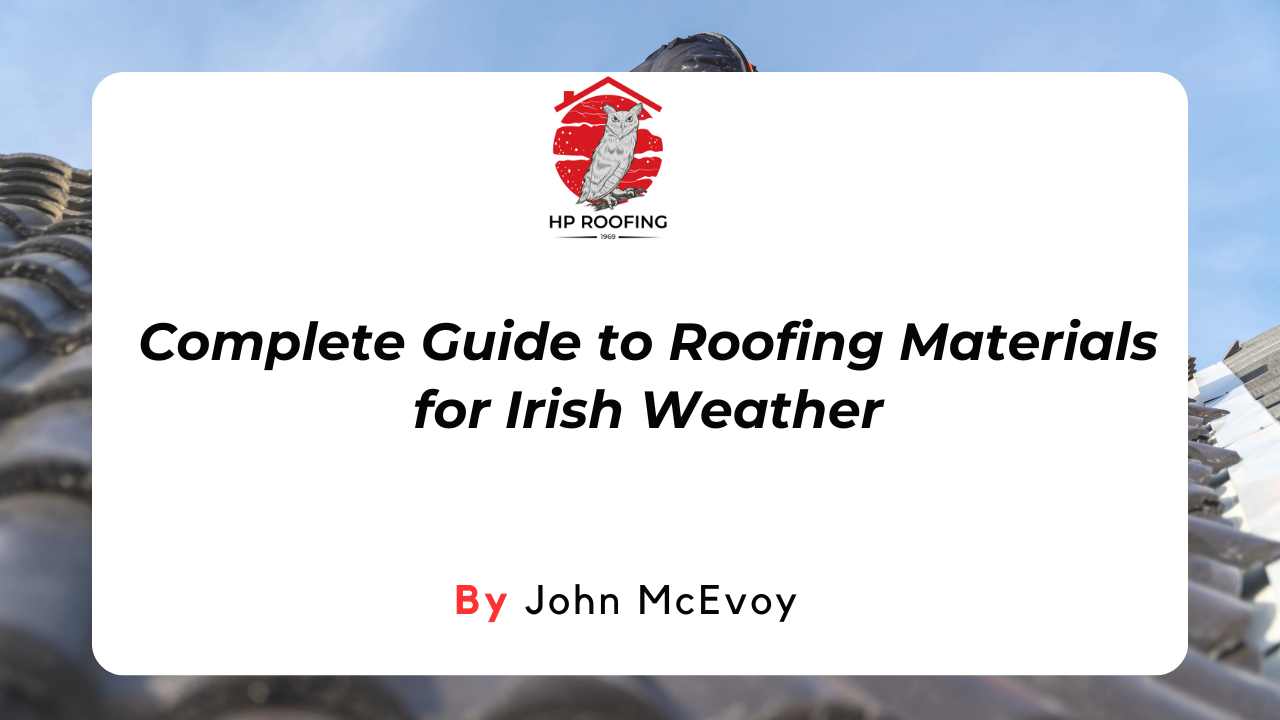The roof is often considered the crown of any building, be it a humble abode or a towering skyscraper. Ensuring its longevity and durability is critical, not just for its aesthetic appeal but also for the protection and safety it offers to the inhabitants beneath.
Among the many techniques used to extend the life and improve the performance of roofing, dry lining insulation of the New Century stands out as a game-changer. Let’s delve into why dry-lining insulation is so crucial for the longevity of your roof.
1. The Science of Dry Lining Insulation:
Dry lining insulation involves attaching insulation boards to the inner side of the roof or the attic space. These boards typically have a plasterboard finish and act as an added layer of insulation.
They are especially useful when traditional insulation methods are challenging to implement or when retrofitting older buildings.
2. Energy Efficiency and Cost Savings:
One of the most tangible benefits of dry lining insulation is its contribution to energy efficiency. A well-insulated roof reduces the need for excessive heating during the winter and cooling during the summer. This not only saves on energy costs but also reduces your carbon footprint.
3. Protection from Moisture and Condensation:
Roofs without proper insulation are prone to condensation, which can lead to mould growth and structural decay. The dampness from condensation can weaken roofing materials over time. Dry lining insulation provides a barrier, ensuring that any moisture or condensation is kept away from the main roof structure.
4. Improved Indoor Comfort:
Apart from energy savings, insulation ensures that the indoor environment remains comfortable throughout the year. It prevents the excessive transfer of heat, ensuring that the interiors remain cool during the summer and warm during the winter.
5. Longevity Through Reduced Wear and Tear:
When a roof faces repeated cycles of heating and cooling, expansion and contraction, it undergoes wear and tear. A well-insulated roof, such as one with a dry lining, experiences these fluctuations to a much lesser degree, ensuring fewer repairs and a longer lifespan.
6. Enhanced Acoustic Insulation:
While it’s often overlooked, the acoustic benefits of dry lining insulation cannot be understated. The additional layer can help reduce external noises, offering a quieter and more peaceful indoor environment.
7. Flexibility in Design and Aesthetics:
For homeowners and architects, dry lining insulation offers more than just functional benefits. It offers a smooth finish and can be painted, plastered, or decorated to align with the aesthetics of the interiors.
8. Increasing Property Value:
A roof that promises longevity, energy efficiency, and enhanced comfort can be a major selling point. Investing in dry lining insulation not only saves you money in the long run but can also increase the resale value of the property.
9. Environmental Responsibility:
Our world is witnessing the effects of climate change, and every effort towards sustainability counts. Using dry lining insulation reduces the energy demands of a building, consequently reducing its carbon footprint.
10. Easy Installation and Maintenance:
One of the perks of dry lining insulation is that it doesn’t require major upheaval. Especially in older buildings where traditional insulation techniques might be disruptive, dry lining comes as a blessing. Moreover, maintenance is minimal, ensuring that homeowners don’t have recurring expenses.
11. Fire Safety Enhancement:
Dry lining insulation materials are often designed to be fire-resistant. This means that they can play a pivotal role in slowing down the spread of fire, should one break out. Traditional insulation might not offer the same level of fire resistance, making dry lining an excellent choice for those particularly concerned about safety. Moreover, in the unfortunate event of a fire, a well-insulated roof can buy the inhabitants some crucial extra minutes to evacuate the premises safely.
12. Supporting Structural Integrity:
The health of a building’s structure is dependent on multiple factors, with moisture being one of the most detrimental. We've touched on how dry lining insulation prevents moisture build-up, but it's worth emphasising its role in supporting structural integrity. When a structure remains free from the damaging effects of moisture for longer periods, it naturally enjoys an extended lifespan.
By keeping the roof's structural elements dry, dry lining insulation indirectly helps maintain the overall health of the building.
13. Adaptability to Climate Change:
Our planet is undergoing swift climate change. Regions once considered temperate are experiencing more extreme weather conditions. Dry lining insulation offers adaptability in the face of such changes.
Whether you're experiencing hotter summers or colder winters, this insulation technique ensures your building remains energy-efficient and comfortable. It acts as a buffer, protecting the interior of the building from sudden temperature fluctuations, making it a smart choice for those thinking long-term and wanting to future-proof their properties.
14. Expansion on Environmental Responsibility:
With the current drive towards sustainable living, every aspect of construction and home maintenance is under scrutiny for its environmental impact. When we think of insulation, the immediate benefit that comes to mind is energy conservation. But there's more to the story.
The process of producing dry lining insulation, especially those made from recycled or sustainable materials, has a lesser environmental footprint compared to other traditional methods. Additionally, with reduced energy consumption, there's a corresponding reduction in the emission of greenhouse gases.
In essence, by opting for dry lining insulation, homeowners make a dual environmental contribution: reducing the immediate carbon footprint of their homes and supporting an industry that's geared towards more sustainable production practices.
In Conclusion:
Taking a step back and considering the extensive benefits of dry lining insulation, from energy efficiency and fire safety to supporting structural integrity and adaptability to climate change, The importance of this method becomes unmistakably clear. It is no longer a mere 'choice' for the discerning homeowner but a necessity for those wishing to combine the trinity of aesthetics, functionality, and sustainability.
















